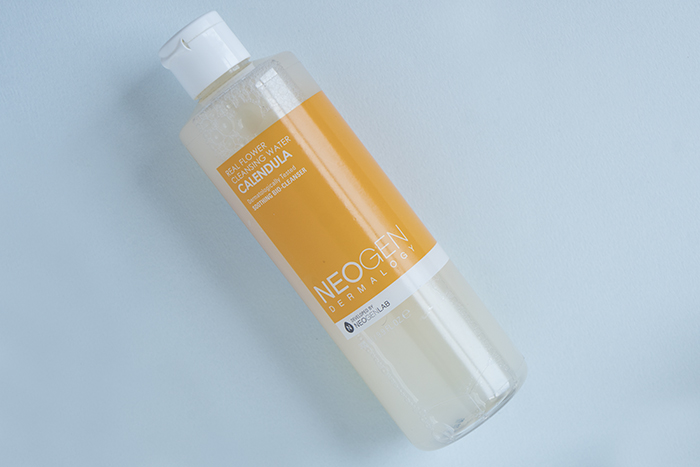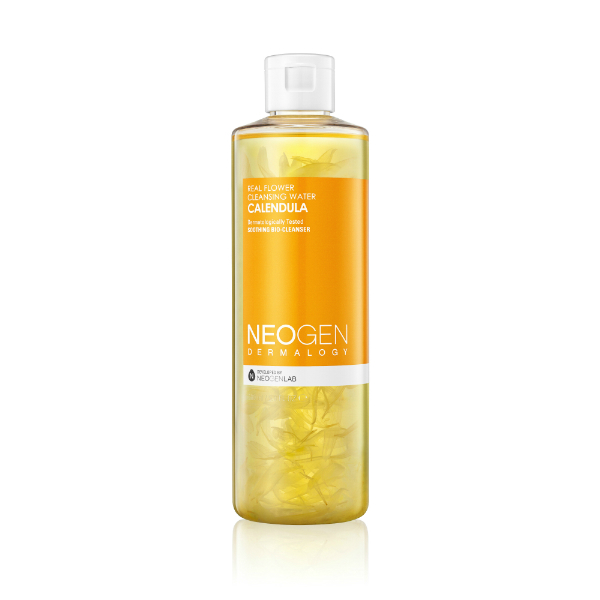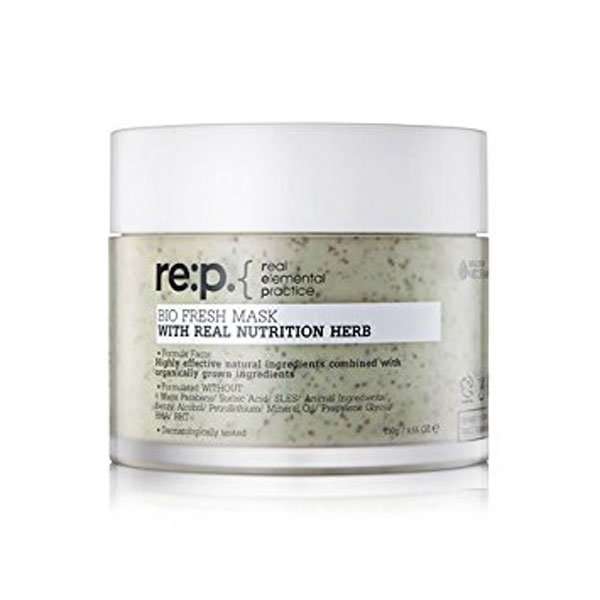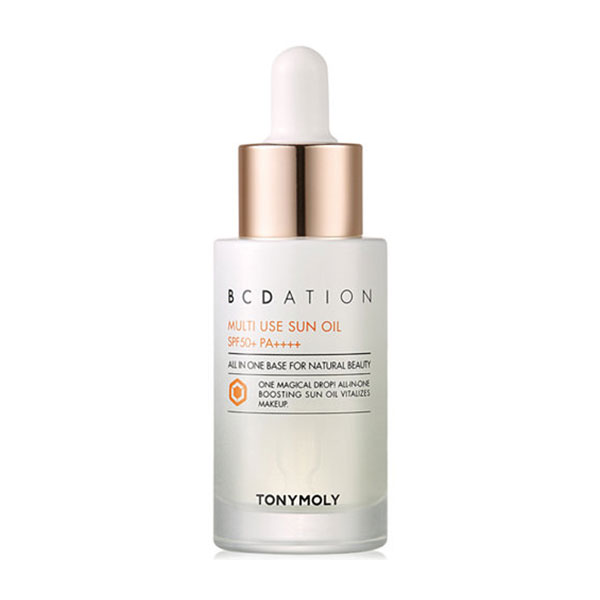Why should you invest in calendula toner? Since it’s really easy to become overwhelmed when searching for a new product, Ingredient Spotlight is here to break down the basics. Here we’ll teach you how an ingredient works and leave you with product recommendations to help you with your search.
If you’re not too familiar with the term “calendula,” perhaps you know it better by its more colloquial name: marigold. This cheery, golden flower that sprouts in the springtime offers more than just a pretty face; it’s served as a highly popular herbal and medicinal ingredient for centuries. The primary part of the plant that’s used is the actual flower petals, which are either pressed to extract oil or infused in a liquid to create a broth or toner.
Below, we’ve outlined the primary benefits of calendula noting which skin types benefit most from this ingredient and which products we particularly love.
Calendula Skin Care Benefits
For a rundown on what, exactly, calendula can do for your skin, we hit up Holly Green, an aesthetician who specializes in earthy, herbal concoctions.
“Calendula’s major benefits are that it’s anti-inflammatory, anti-septic, hydrating, and soothing,” Green explains. “As an oil it’s an emollient, so it’s good for dry skin. As an anti-inflammatory, it can help with itching—whether from a bite, allergic reaction, or [even] eczema.”
She adds that since it has anti-septic and anti-bacterial properties, it can even be good for open wounds, such as acne, cuts, or even ulcers. Fun fact: because there are so many marigolds in Russia—and because it’s heralded as such a potent healing ingredient—some people even refer to calendula as “Russian penicillin.”
Who Calendula Benefits Most
Though anyone can benefit from calendula’s healing and soothing properties, those with dry, inflamed, irritated, or very sensitive skin may find this ingredient particularly useful. Additionally, calendula’s anti-microbial properties make it a robust astringent. For that reason, those with acne-prone skin may find that this ingredient helps calm, heal, and prevent breakouts.
Green recommended using calendula as frequently as two to three times a day—ideally as a topical oil—directly onto the affected skin. You can also incorporate a calendula toner into your regimen to further condition and soothe.
Just as it’s the case with any natural plant, there’s always the possibility that you may have an allergic reaction to calendula. We highly recommend patch testing before slathering any product all over your face!
Product Recommendations with Calendula

One of our favorite Calendula-infused skin care products is Neogen’s Real Flower Cleansing Water — Calendula. You can use it either directly after cleansing your skin a toner, or in the same way you’d use a micellar water to gently clean your skin from dirt, grime, and residue. It’s intended for those with sensitive skin that’s prone to redness, as well as those with oily, combo, or acne-prone skin that’s to its rebalancing capabilities. A similar product is Natural Pacific Fresh Herb Calendula Tincture Toner, which spurred the viral “toner wash method” that we actually tried.

We’re also a fan of RE:P Bio Fresh Mask With Real Nutrition Herb, a vegan clay mask that’s infused with rosemary, peppermint, calendula, and rose water to refresh, tone, firm, and brighten tired skin. This mask is particularly ideal for parched skin, or for those who want to boost elasticity while deeply hydrating.

Lastly, we suggest Tony Moly’s BCDation Multi Use Sun Oil SPF 50+/PA++++, a first-of-its-kind sunscreen that comes in oil form versus lotion, gel, or powder. It boasts all the benefits of a high-quality SPF while deeply moisturizing and soothing your skin thanks to a concoction of calendula, rose, and raspberry seed oils. The oil is absorbed quickly so you don’t have any greasy residue—a serious sunscreen sin these days—and it promises zero white cast, too (hallelujah)! As the name denotes, you can use the Multi Use Sun Oil in a variety of ways. Try it as straight up sunscreen, as a morning facial oil, or as a primer and base underneath your makeup. You can even apply a small amount to your hair!
Bottom Line:
Whether calendula is a new ingredient for you or it’s an old time favorite, we hope you’ve learned something interesting today! Hit us up in the comments below with any questions or simply to chat about the ways in which this ingredient has changed your skin for the better! We’d love to hear about your experiences.







